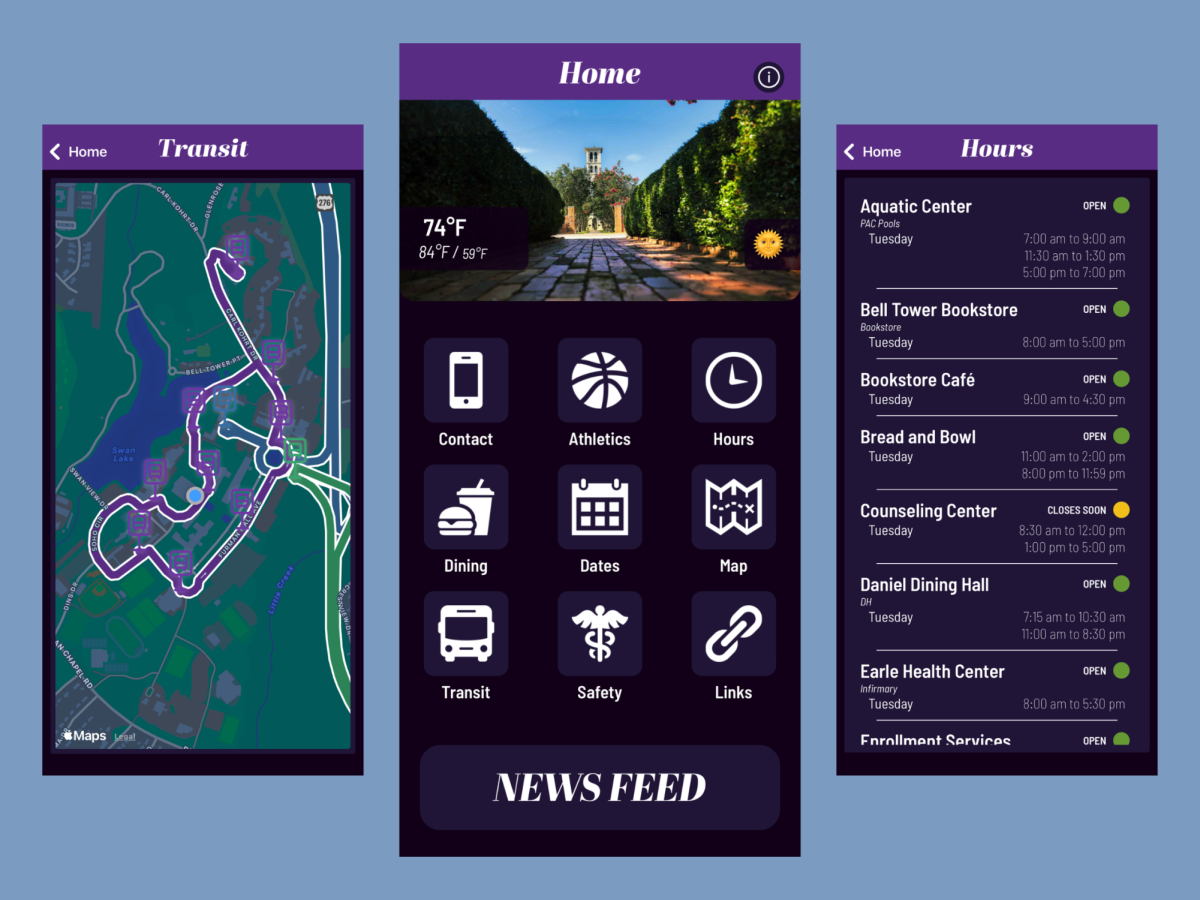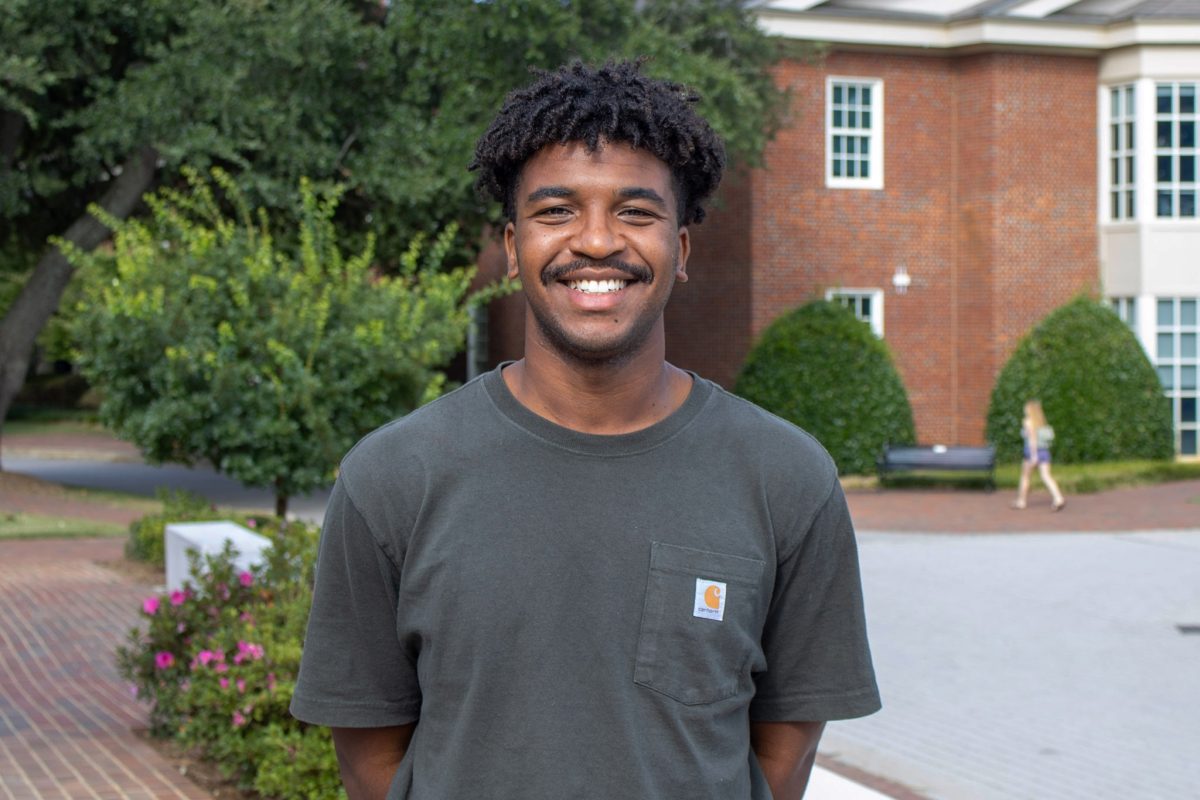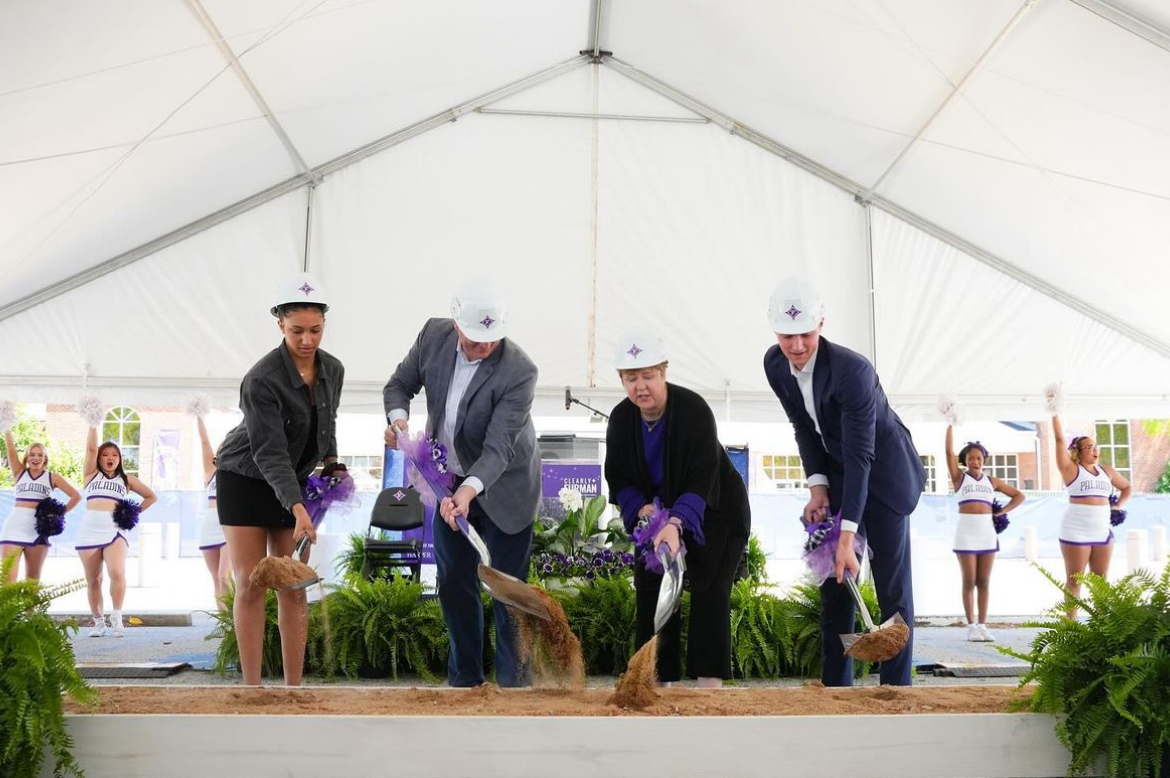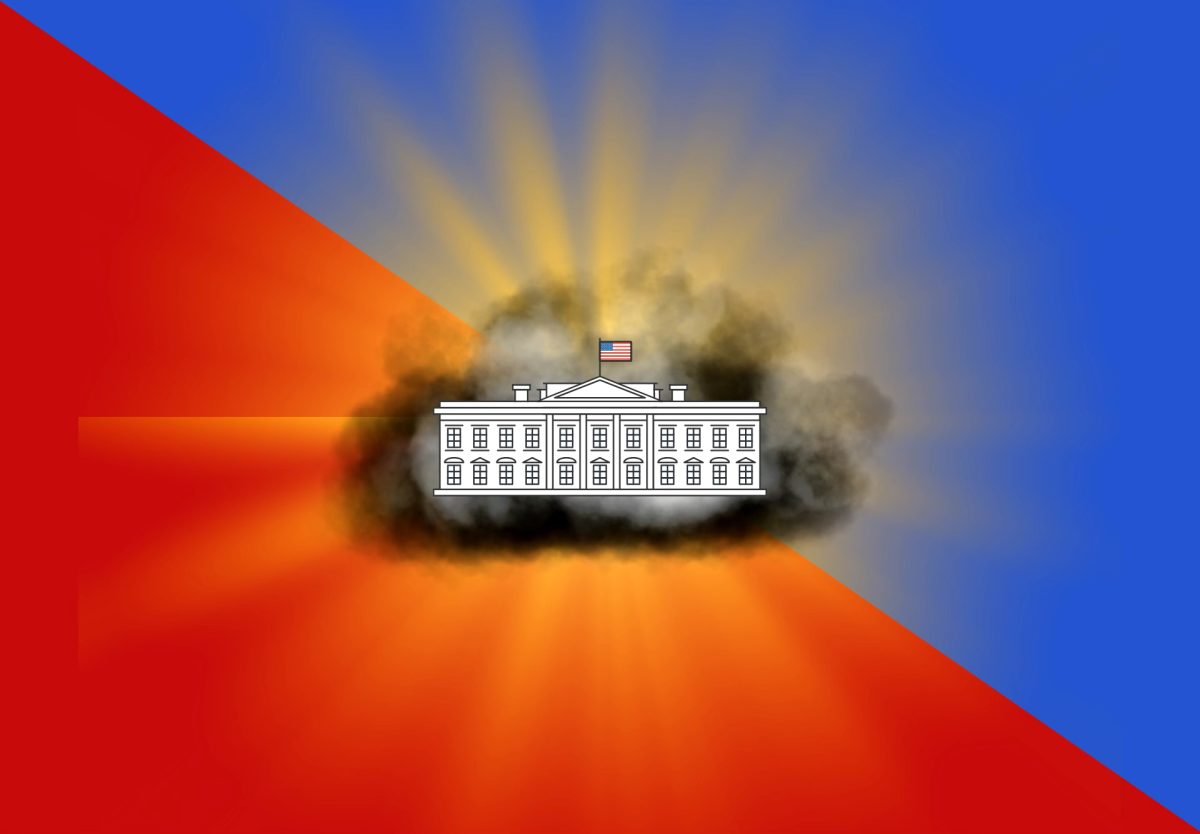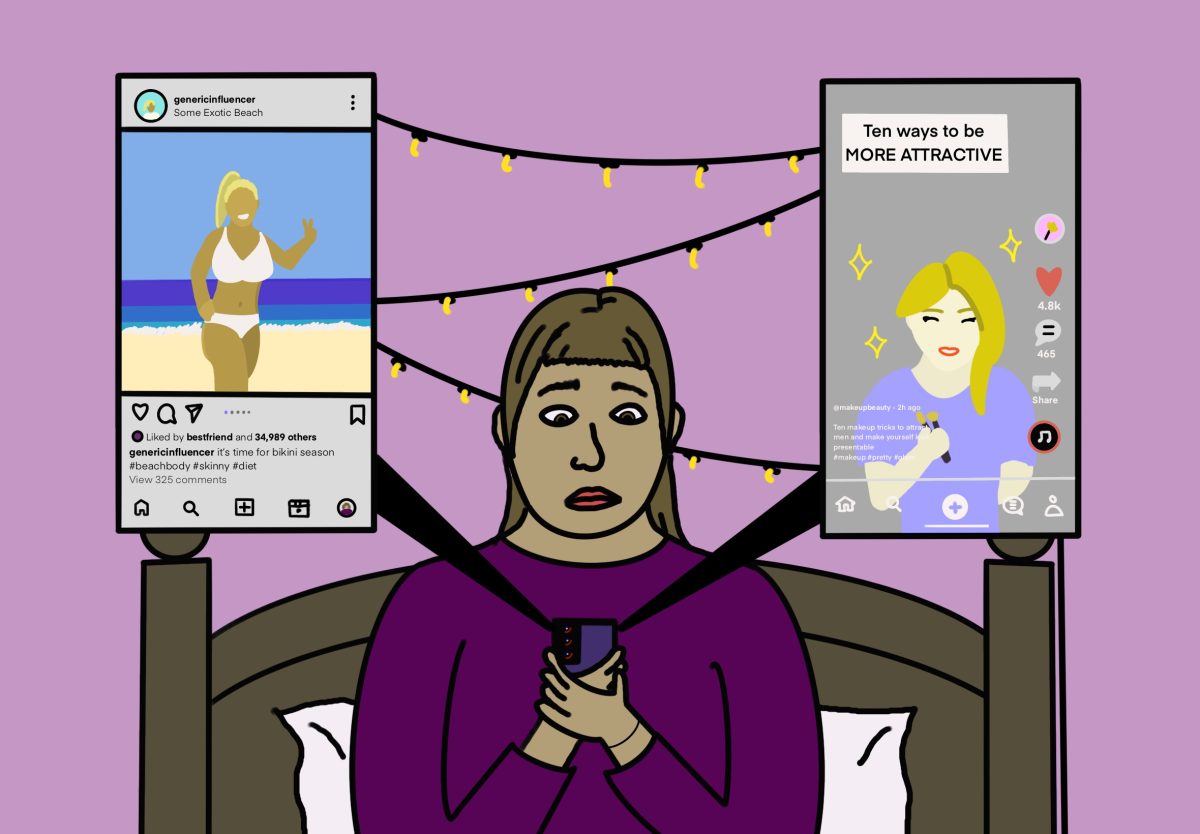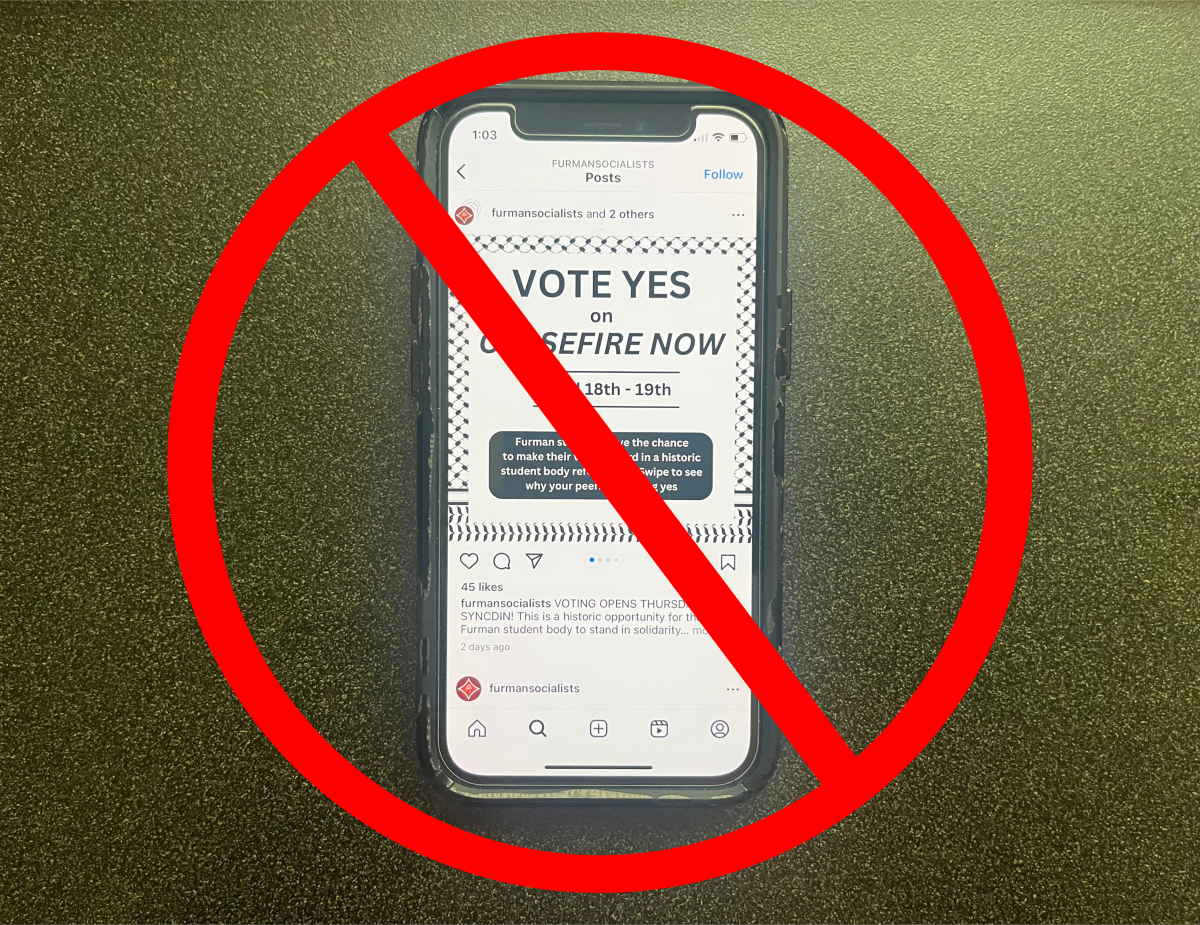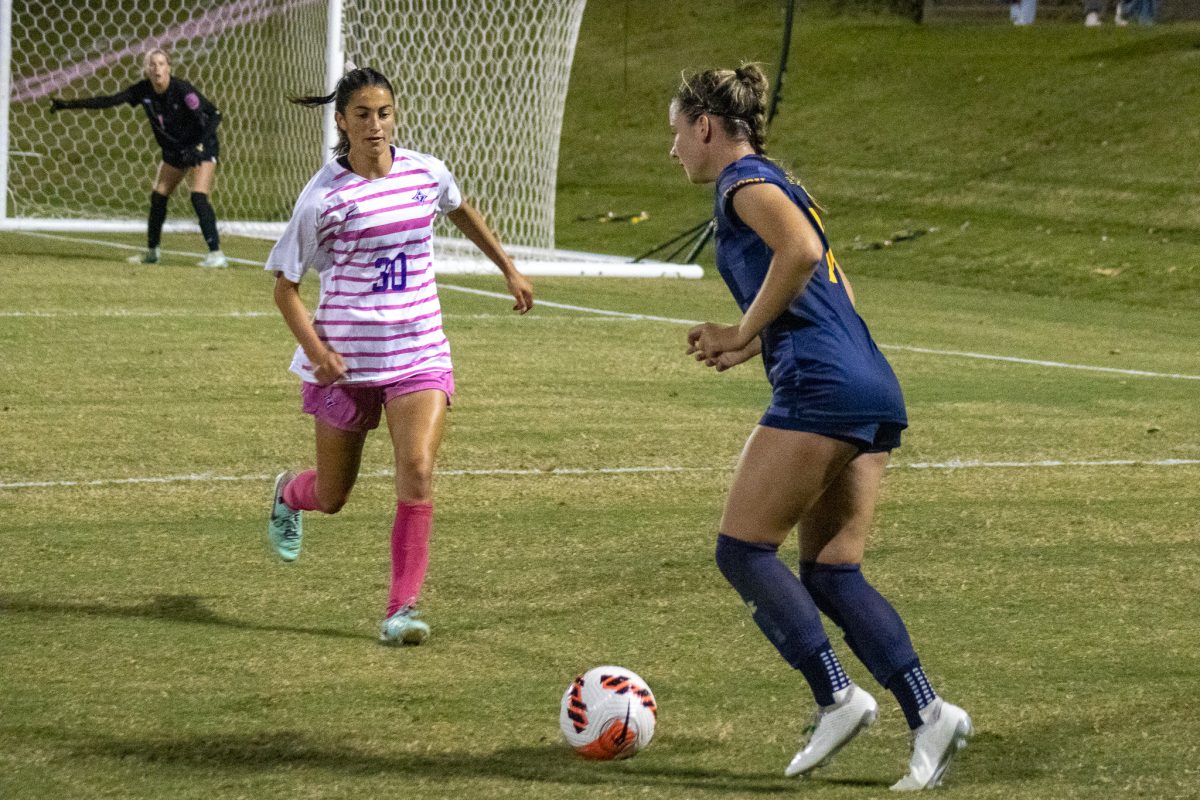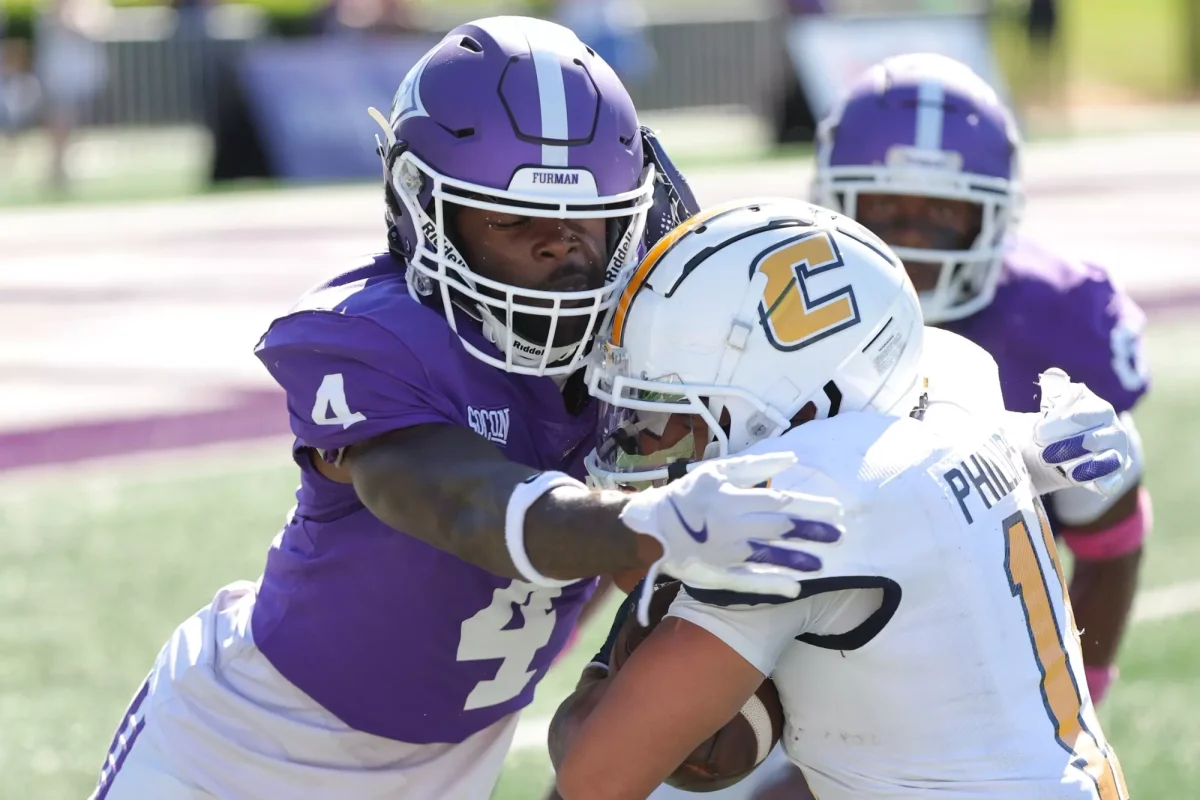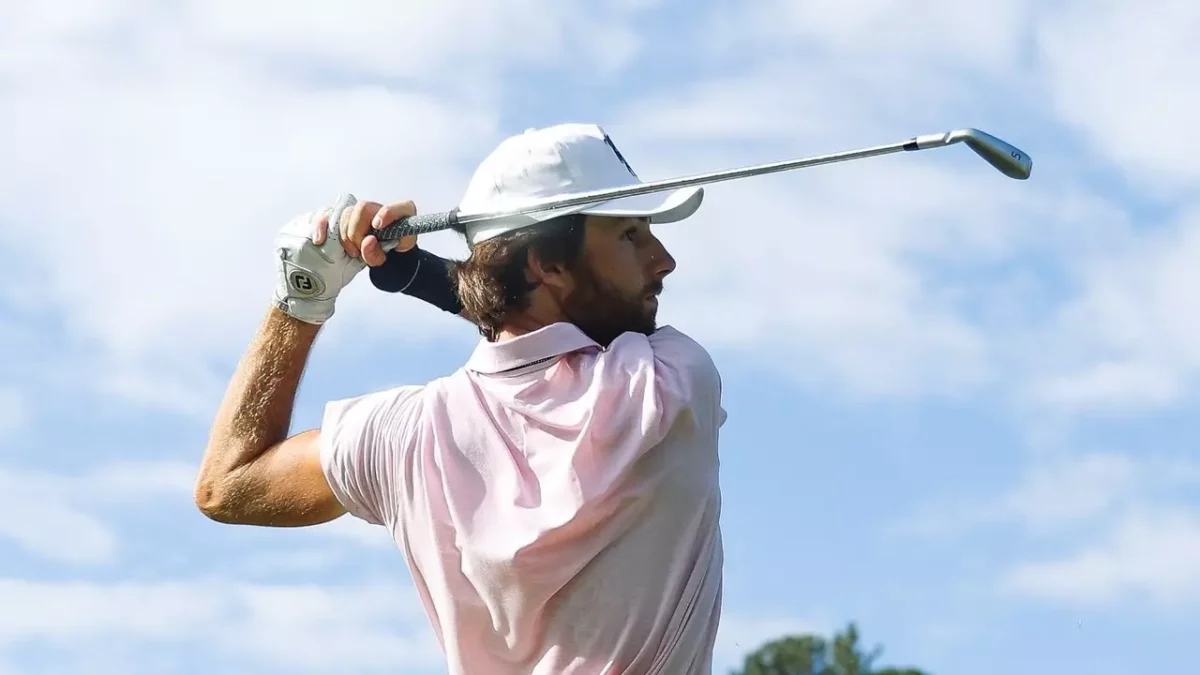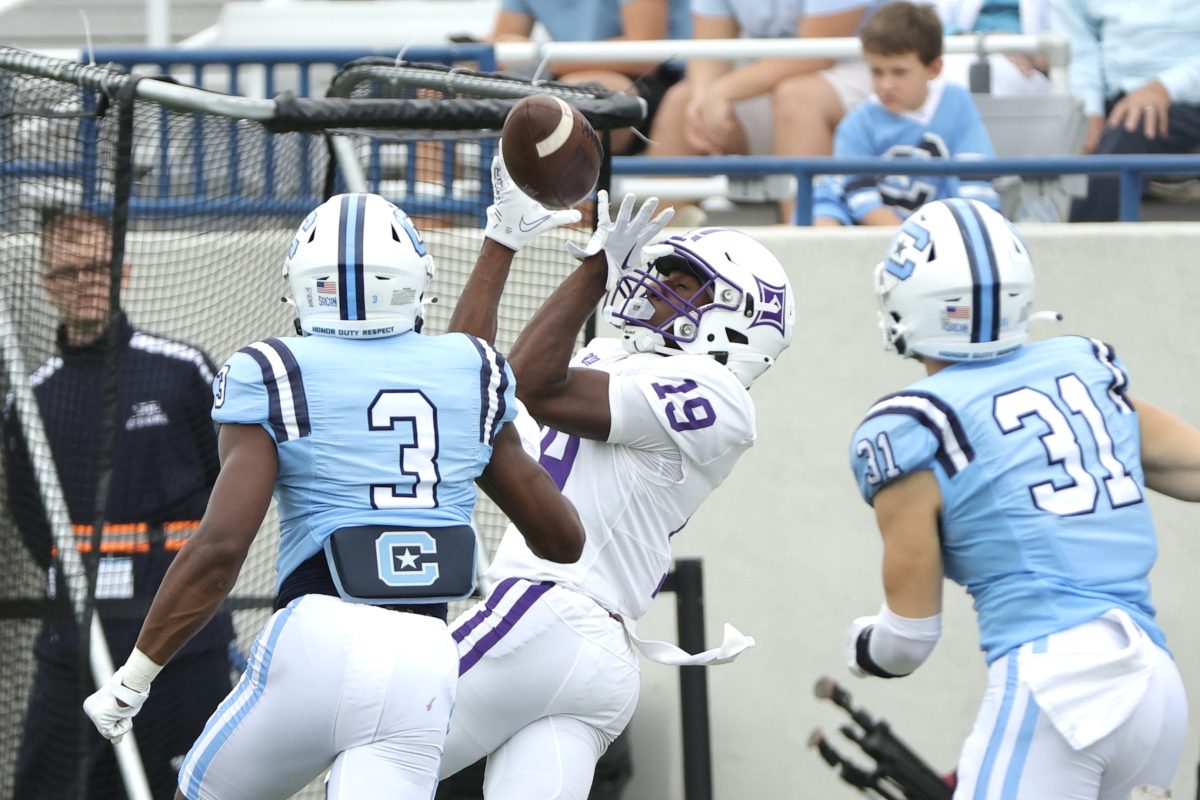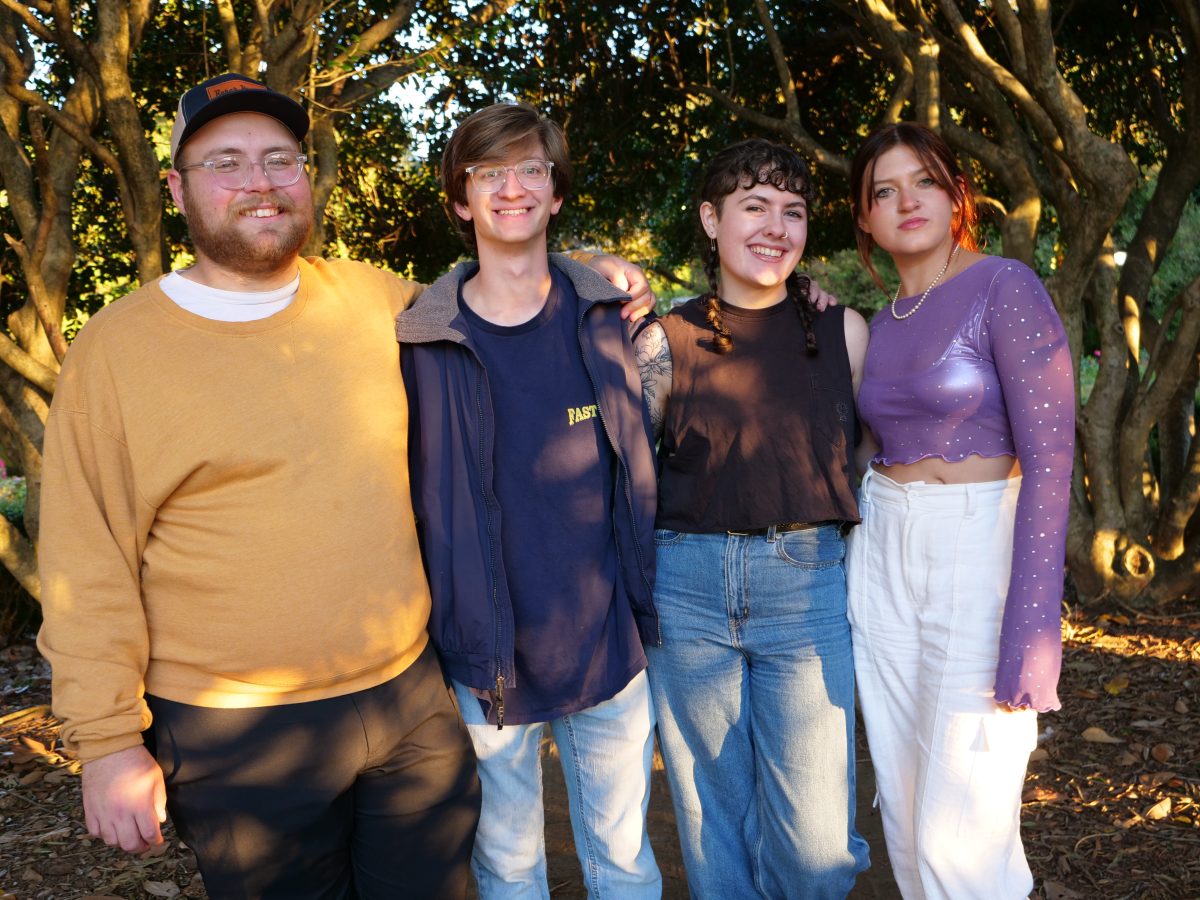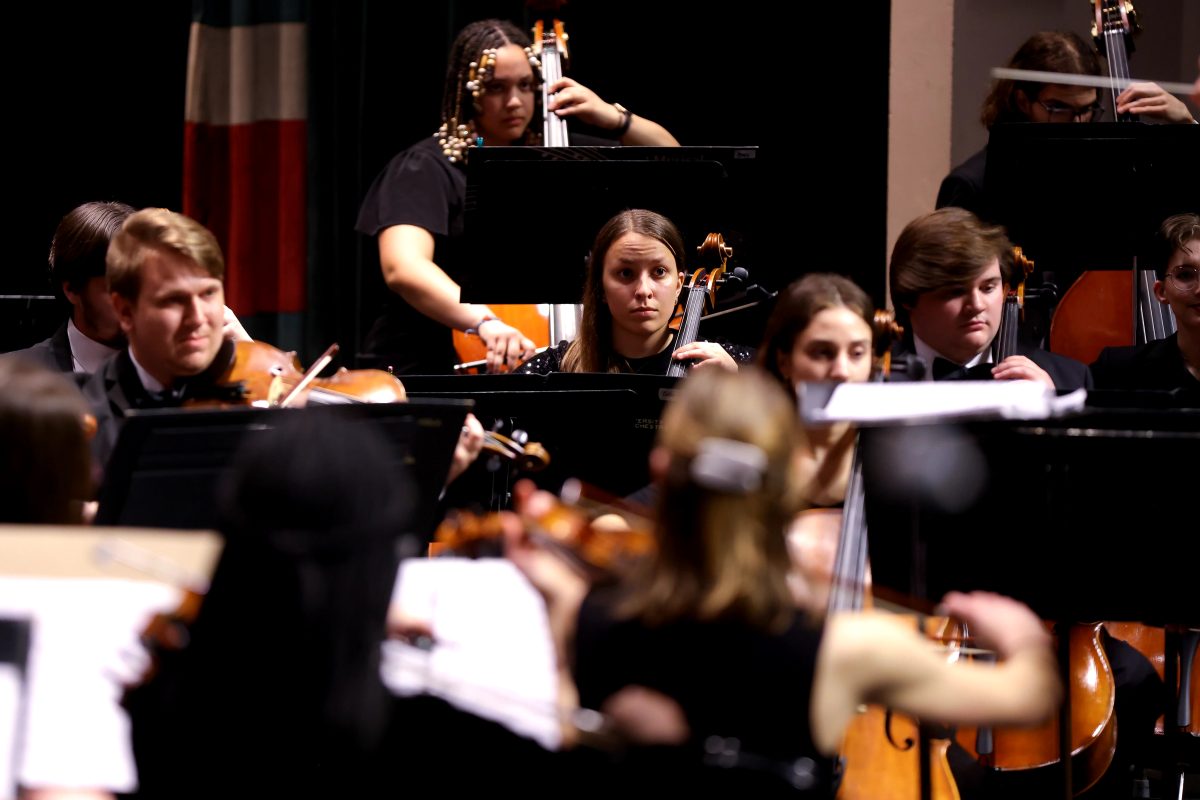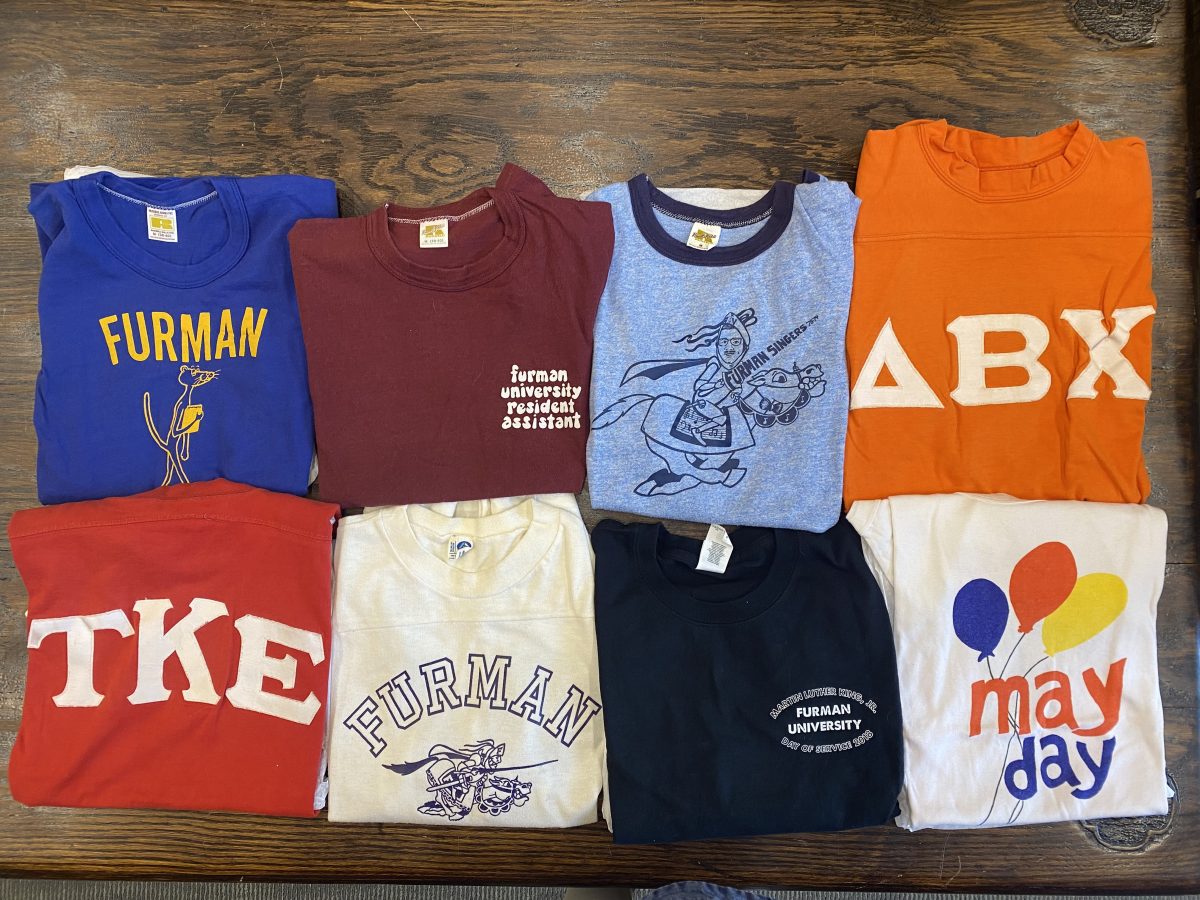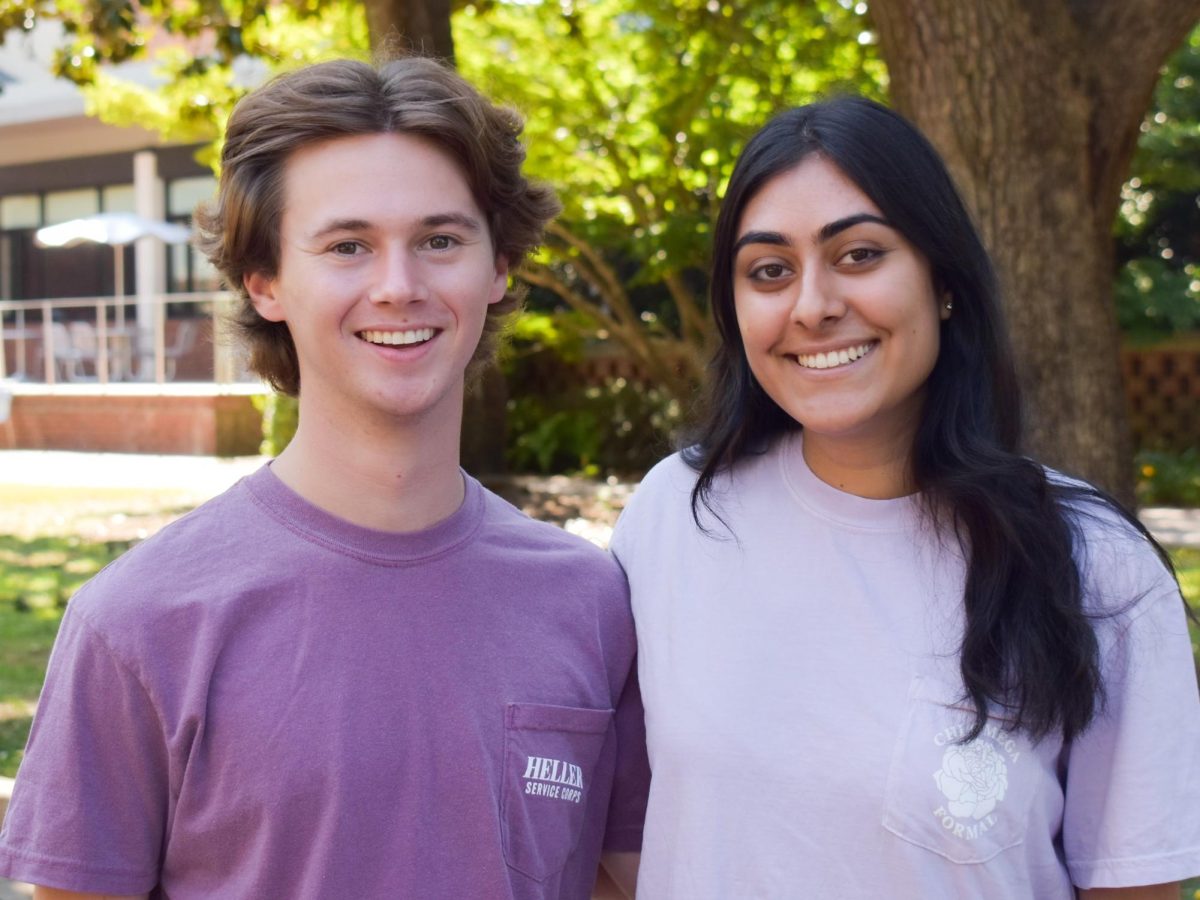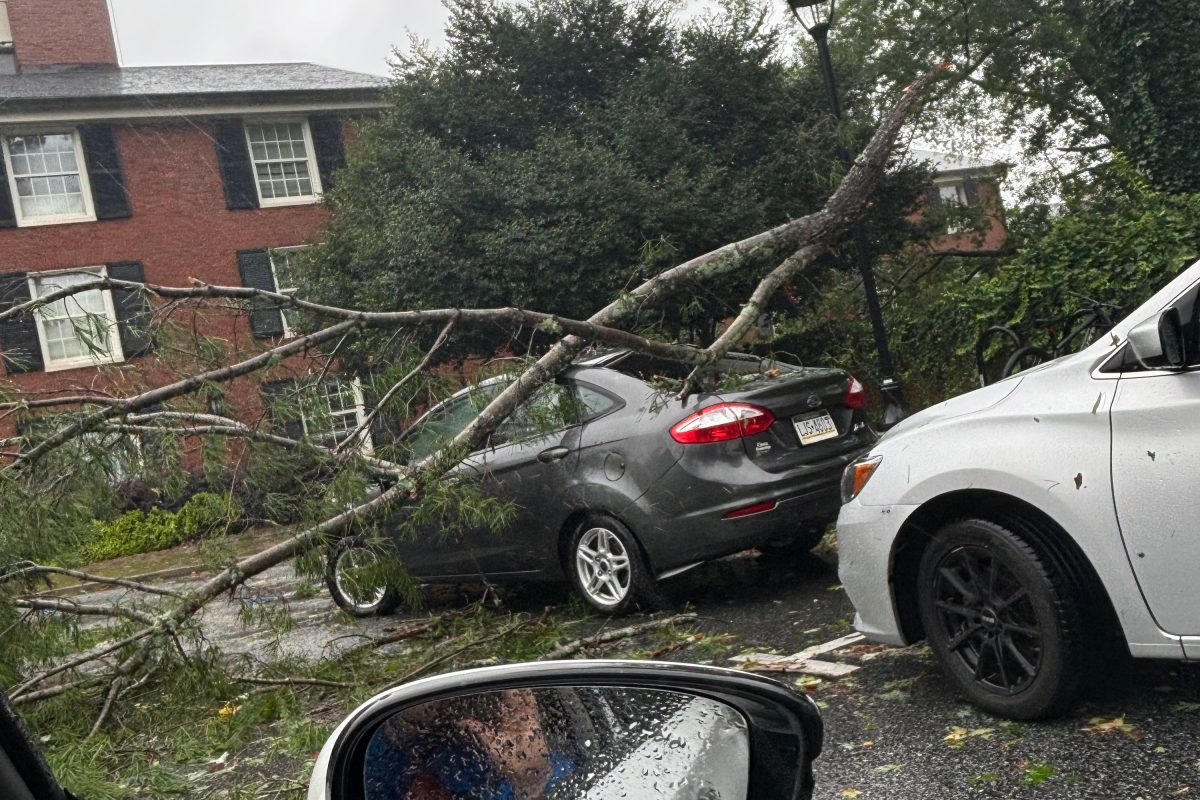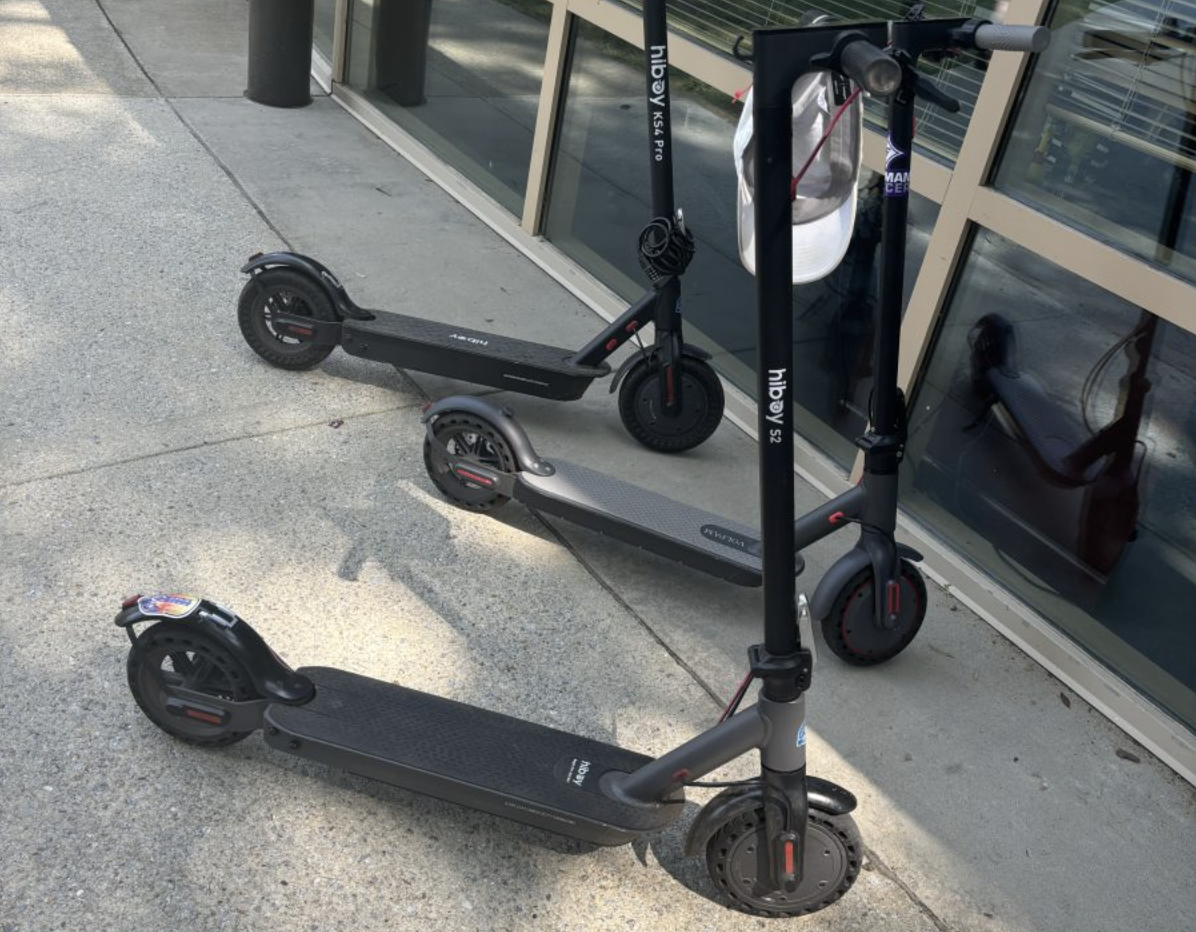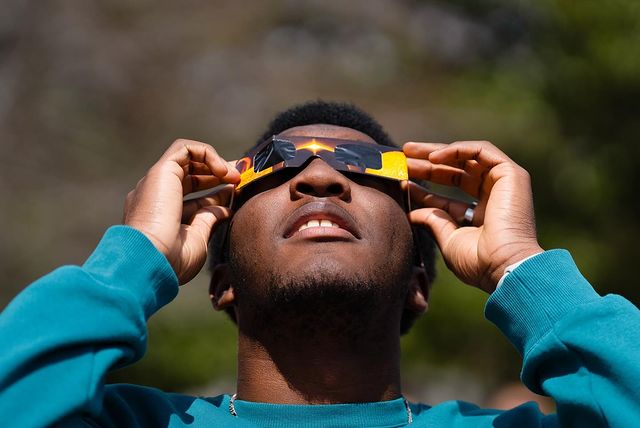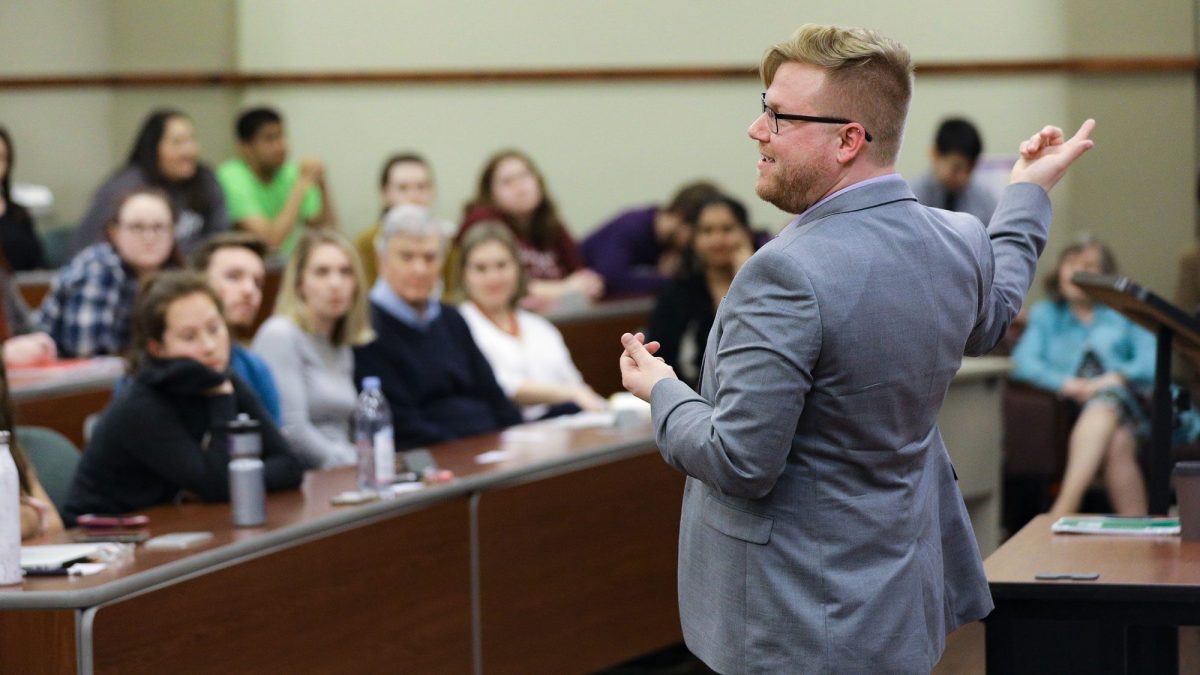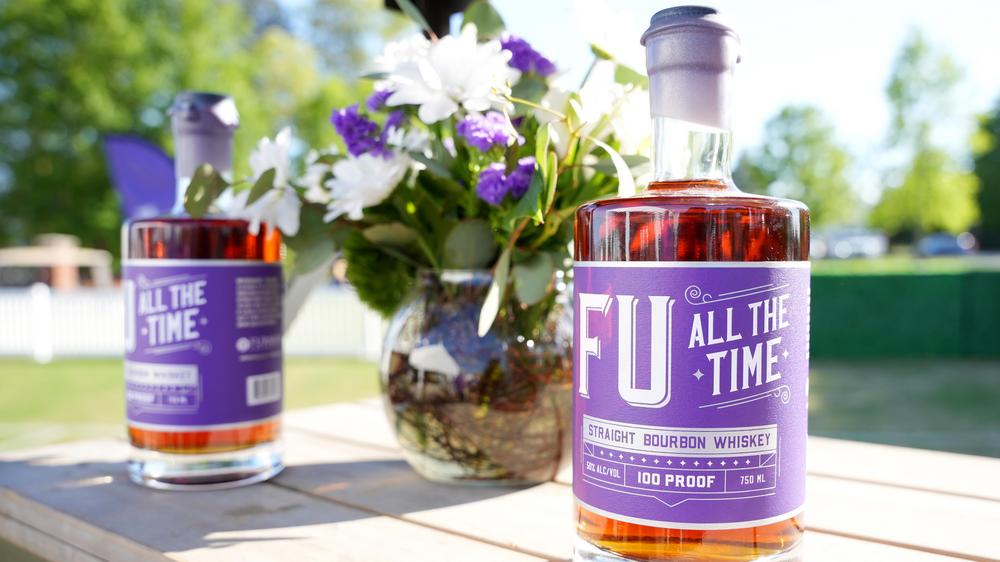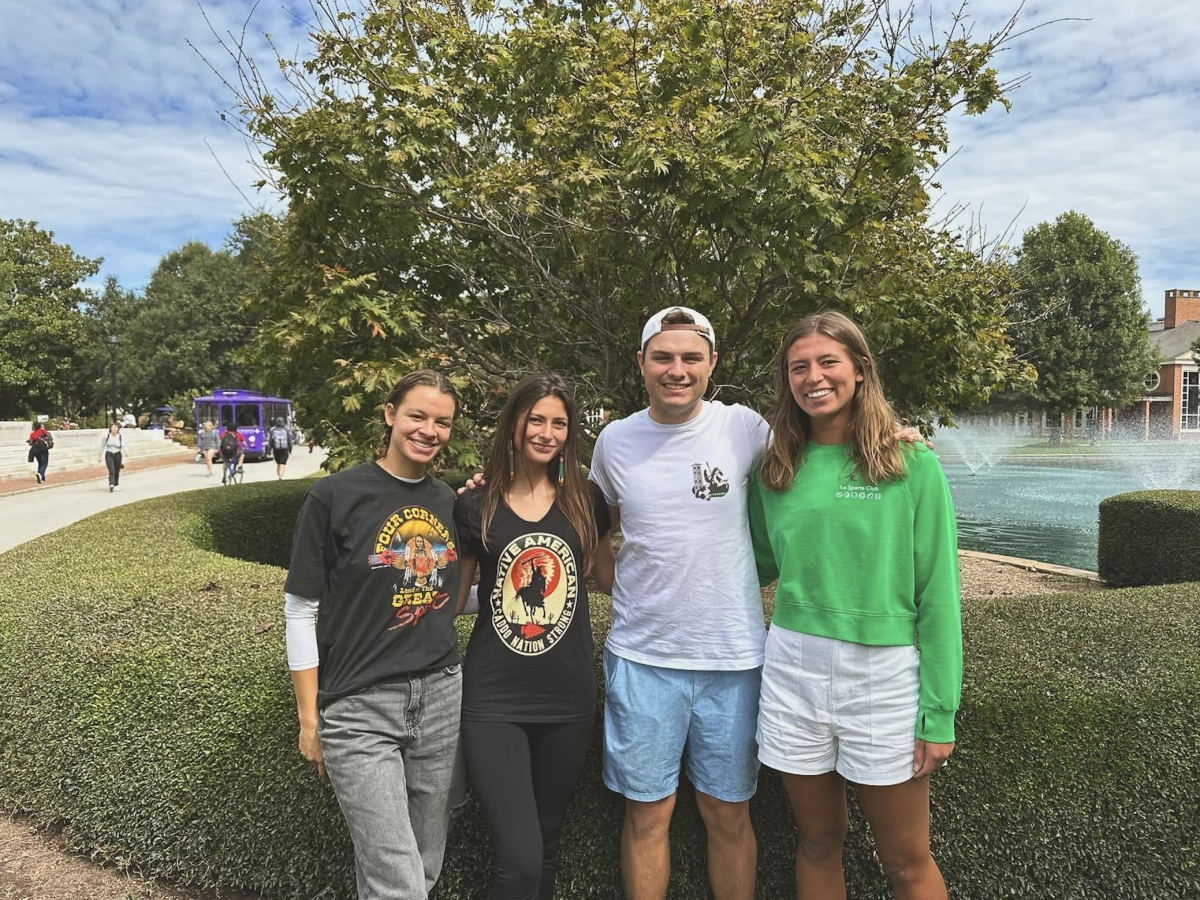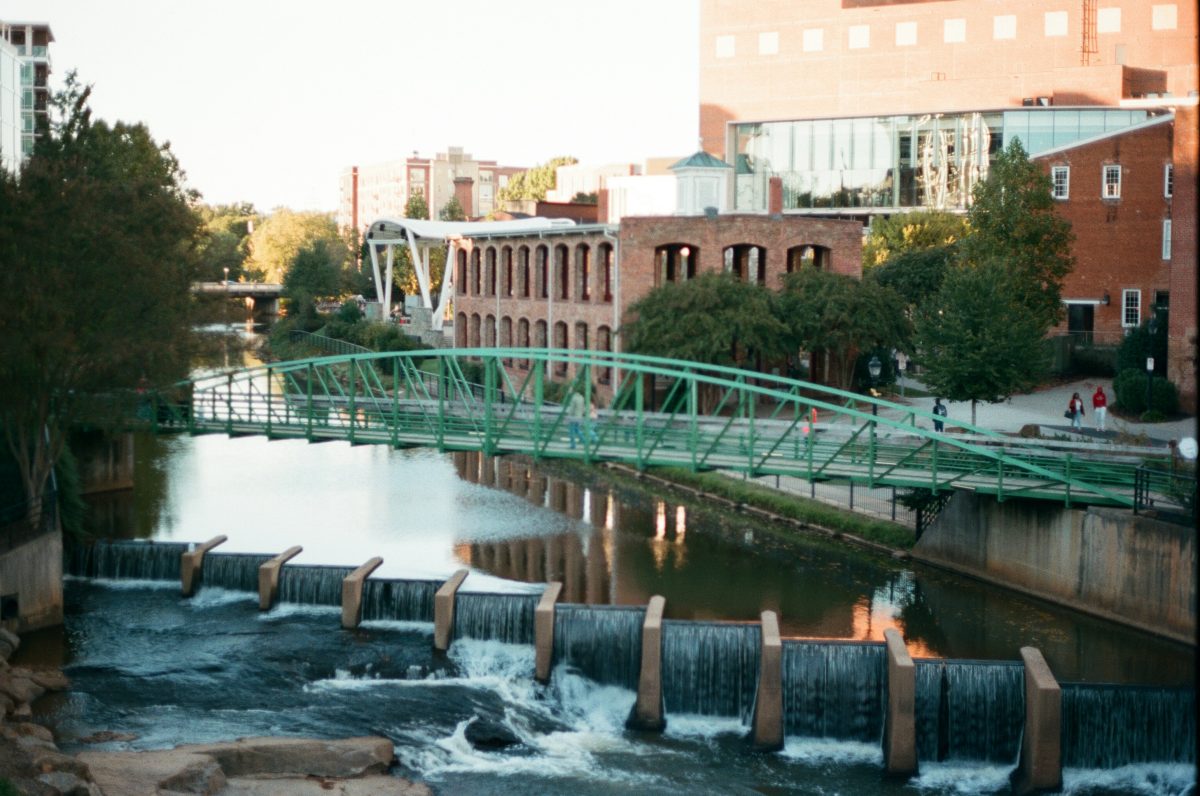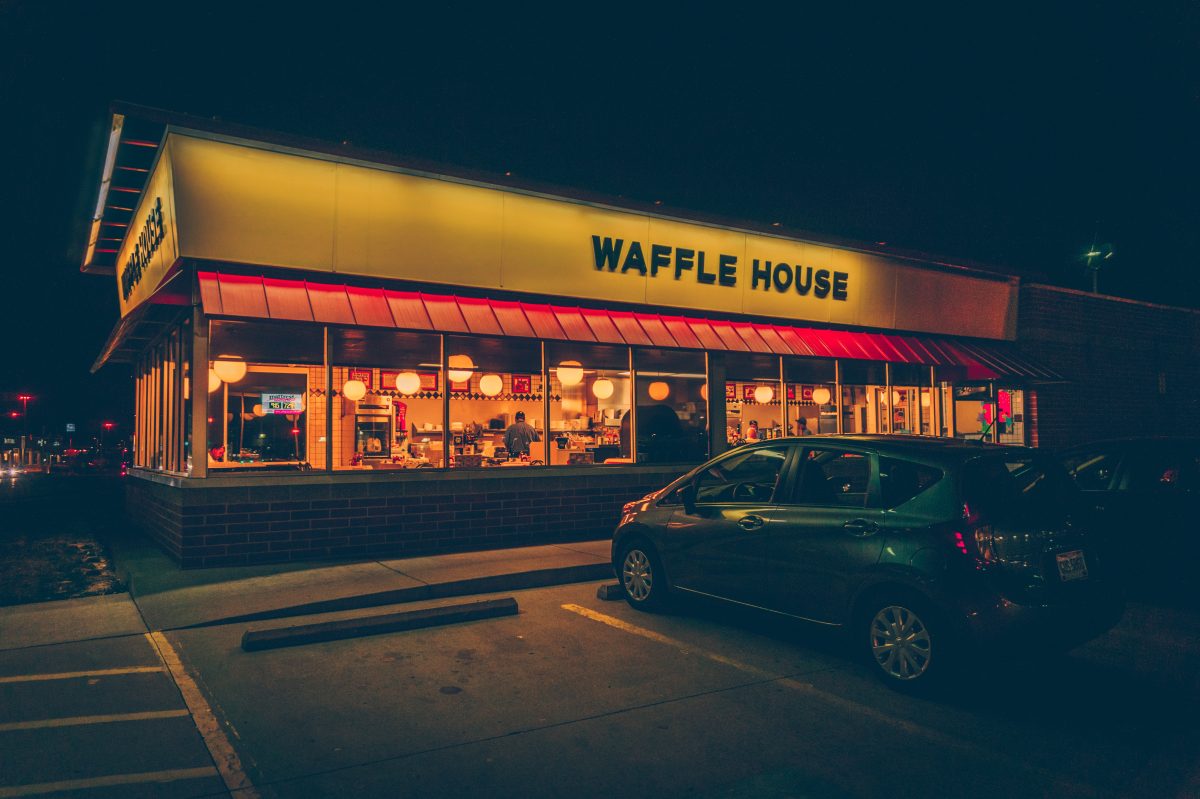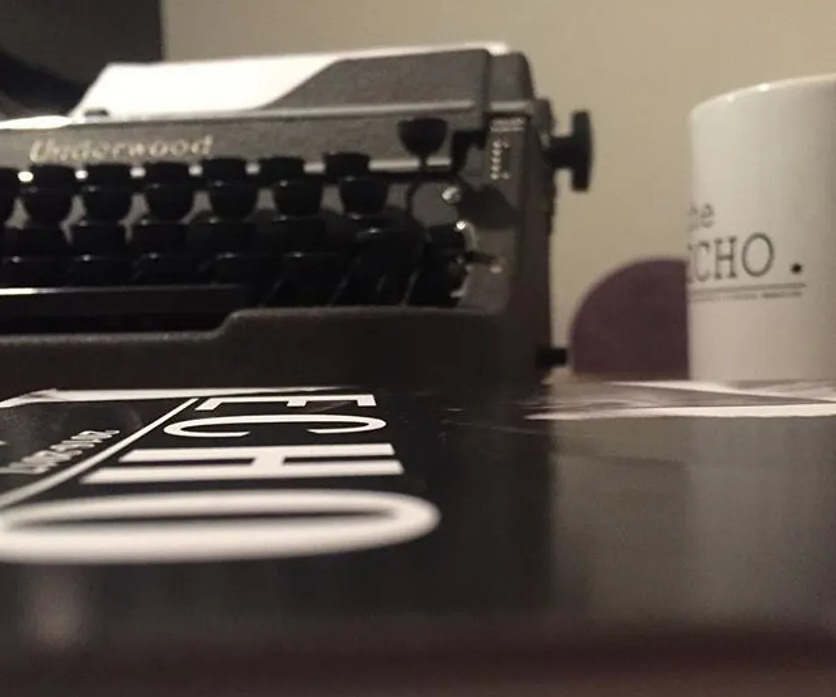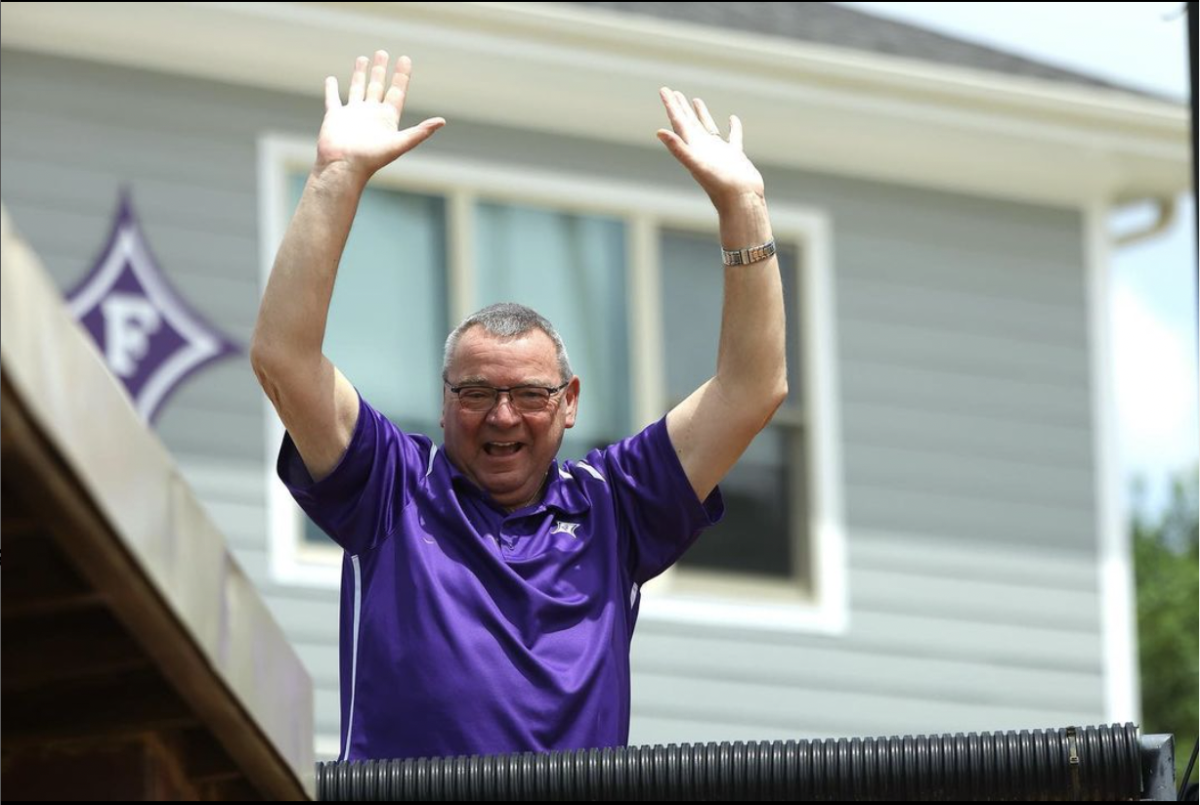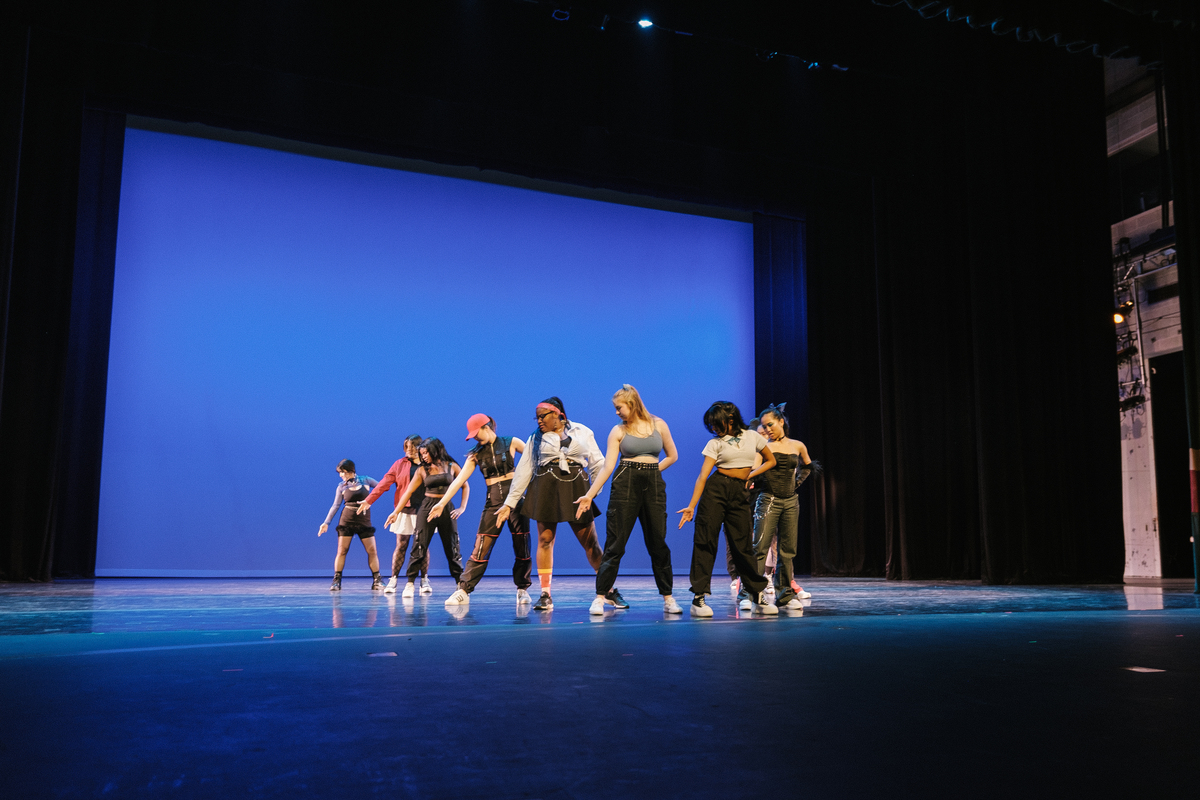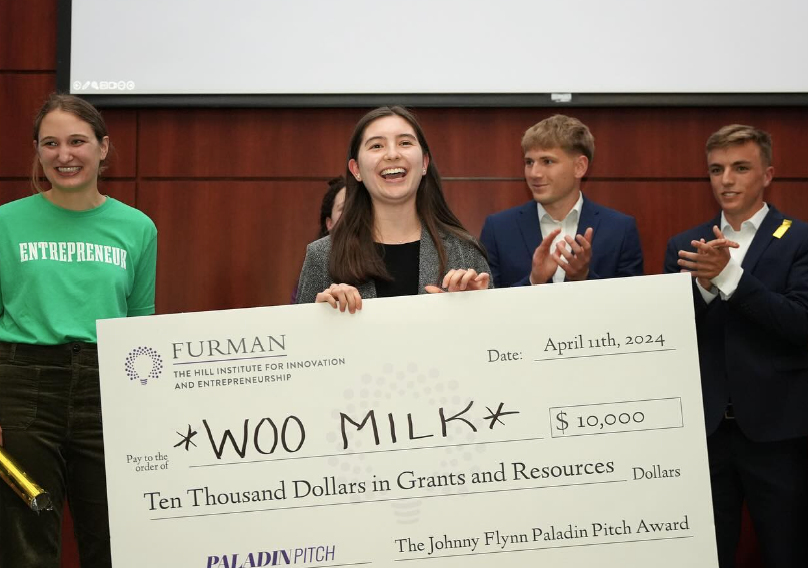In 2020-21, Furman University powered through the COVID-19 pandemic. During this time of lockdowns and disarray, Chloe Sanderson ‘24, began her involvement in the Native American and Indigenous People’s Association (NAIA).
“I started during COVID year, so there were no events, which cannot be faulted to anyone,” Sanderson, current vice president of the organization, said. She continued, however, that in the years following the university’s recovery, NAIA struggled to mobilize.
“There was confusion,” said Sanderson. “In my junior year, there were very few events.”
Sanderson and current president Ahna DeCosty ‘25 have worked hard to change this reality. For Sanderson and Decosty, putting on events is one of the best ways to connect NAIA to the broader campus community and continue powering the organization’s growth. To kickstart this effort, NAIA is redistributing the audio from the 2022 “Have You Seen Me?” panel as a part of this year’s Missing and Murdered Indigenous Peoples (MMIP) Walkthrough event.
“To honor those [the Native American and Indigenous community] have lost,” said Sanderson.
NAIA was founded in 2020 at Furman. It was developed from the recognition that the University is a modern institution resting on Native land and that there should be a designated space for Native American and Indigenous students to convene and be represented.
Although carrying an important mission, the organization has taken years to blossom into a flourishing, centered community.
“It is meant to be a space where Indigenous students and allies alike can get together, congregate, share ideas, [and] communicate in a safe space,” Sanderson said. “This year we can finally have events people can attend, and a safe space for multiple Indigenous students to share their beliefs, and share their culture and their customs. I have seen it come a long, long way, and I am proud of where it stands now.”
DeCosty affirmed this long fight for the organization’s growth and reiterated its importance for those of Native and Indigenous identity. DeCosty is Caddo, First Nation of Oklahoma. She frequently visited the Caddo reservation as a young girl and participated in dances with her grandmother.
“[But] it kind of got erased, this part of my life,” said DeCosty, “Then I came [to Furman], and I took Dr. Turner’s Native American Religions course because I wanted to learn more. She took me under her wing and told me about this club. She said, ‘I really want you to be a part of this, we are looking for more Native students’—we really only had, like, three at that time.”
Since succeeding as president, DeCosty has been able to develop new points of communication, like a group chat complete with eight Native Furman students.
“I did not even think I would see a day that there would be at least eight,” said DeCosty.
The expanding celebration and visibility of Native and Indigenous cultures is also a large part of the organization’s trajectory. On Dr. Turner and Dr. Vinson’s “Indian Country: Indigenous Culture & Religion in the Southwest” MayX, DeCosty watched her non-Native peers discover a deeper appreciation for Native culture.
“As soon as you get a glimpse of Native culture, you love it,” said DeCosty. “A lot of people consider it to be history because that is what you are taught throughout middle school and high school. You go to the southwest [and] you see [Native culture] everywhere; a lot of people are starting to realize that.”
It is not just in the southwest that Native culture is alive and well, although in Greenville itself, the Indigenous community is scattered; according to Sanderson, the Cherokee reservation thrives roughly two hours away.
“I am Lumbee, from the tribe in North Carolina,” said Sanderson, “but I grew up going to the mountains near [this] Cherokee territory. I do not think people realize there is such a bustling, vibrant community of Natives this close that you can go see, interact with, and experience. Because like [DeCosty] said, people look at Indians as an ancient concept, and they like to strip it and romanticize it and idealize it, whereas we are very much still here, our voices can very much still be heard. If people are interested–which I hope they are–they should come to our events and see everything we are doing.”
The presence and visibility of student identities is possible through organizations like NAIA. But an organization can only be as powerful as those who lead it and those who engage within it. To enable the NAIA’s expansion, DeCosty and Sanderson both realize the need not just for a safe community space but an active one. This growth entails the involvement of dedicated members, voices, and a broader interest on campus.
Despite NAIA’s successful development, both Sanderson and DeCosty are worried that this headway and push against erasure will be in vain if no one engages. They are hopeful, however, for the future of NAIA and the legacy it is ready to leave on Furman’s campus. DeCosty pointed to physical structures like the Place of Peace and Thoreau’s Cabin and was hopeful that the organization’s projected budget expansion would secure a similar tangible space recognizing Native and Indigenous peoples.
Currently, engagement and education stand as NAIA’s two largest principles as an organization strengthening its presence on campus. In line with this ardent mission, the month of November—National Native American Heritage Month—has a full schedule of NAIA events.
The organization is also participating in Furman’s Land Acknowledgement event on Nov. 3–a plaque unveiling for recognizing that Furman sits on Cherokee land.
As the organization continues to grow, DeCosty and Sanderson hope to implement consistent meetings to create future programming. For now, they recognize that these events are some of the best ways to engage the campus community and spread information and awareness.
An itinerary for events can be found below. For more about NAIA and its activism, read Sanderson’s article in The Paladin’s Opinions section.



